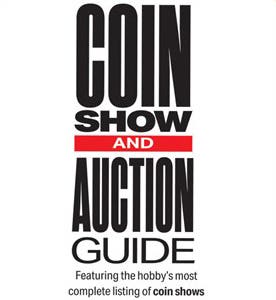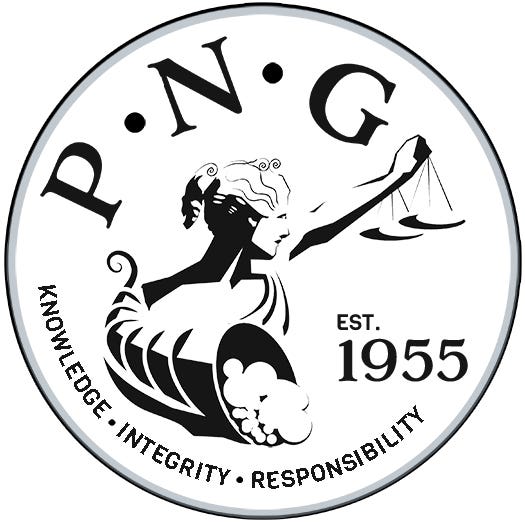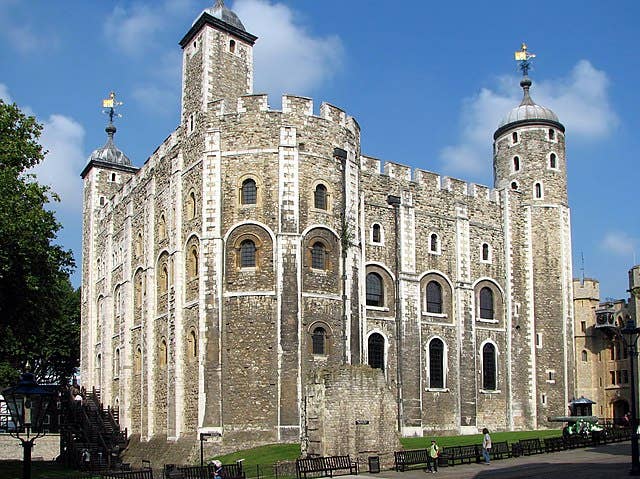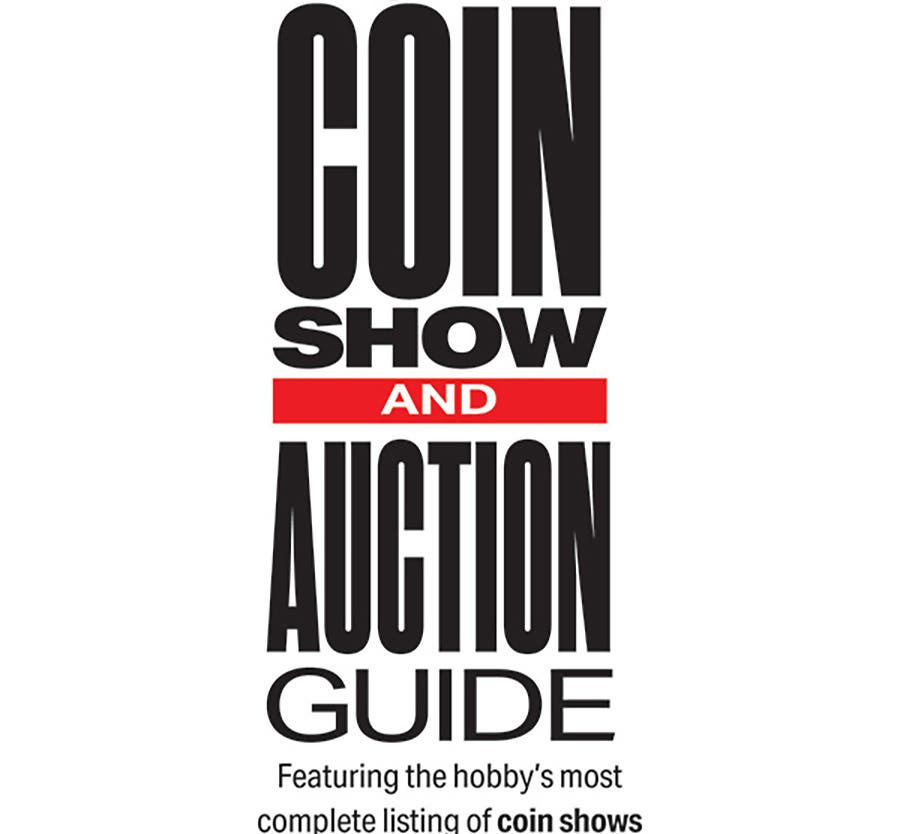By Kerry Rodgers
In late April many world paper collectors will find themselves plugged into Spink’s London auction rooms either by phone or Internet. A lucky few will be able to attend in person.
Four major sales occupy April 28 through April 30:
• Queen Elizabeth II: A Bank Note Collection, April 28 at 10 a.m.;
• The Michael Jowett Collection of African Bank Notes, April 28 at 2 p.m.;
• The Uncirculated Collection, April 29, at 10 a.m.;
• World Bank Notes, London, April 29-30.
If these are insufficient to sate collectors’ palettes, a sale of British bank notes takes place on May 6 at 10 a.m.
The Queen Elizabeth II collection spans 33 countries whose notes Queen Elizabeth has appeared on in the course of her 63 year-long reign. In the words of the catalog, the “collection showcases those banknotes, and celebrates the Queen and the engravers art in equal measure.” For many this sale may provide the opportunity to plug a gap or two in own their collections. Along with highly affordable examples, many rarities are on offer including some that are surprisingly modern.
Two examples are a Maltese £5 of 1963 in top grade sporting the Annigoni portrait of the queen and signed by Richard Soler, P-27b, and an even rarer Bermuda £10 of 1964, P-22.
The Michael Jowett Collection is an extensive group of African notes from countries across the entire continent. A number of similar African collections have appeared on the market in recent years. What sets the Jowett Collection apart is the quality of the notes. Many of the scarcer examples come in EF or better.
Among these are a superb Western African States Mauritania 5,000 francs of 1965 in about UNC, P-504E, and a similar Central Bank of Mali 5,000 francs of 1972, P-14.
For collectors into grade, The Uncirculated Collection may provide an opportunity for many an upgrade. It is what its name suggests, a note collection in which every item is top of the pops. Try these for size: Rhodesia, very rare replacement $2 of 1979, P-39, in UNC; Malaysia, 500 ringgit of 1989 in UNC, hard to find in high grade; Netherlands Antilles, complete set of the 1986 issue, P-22 to P-31; Maldives 1/2 rupee, P-1, from 1947/AH1367—the lowest denomination in the series but by far the rarest, especially in high grade.
The World Bank Notes’ catalog exemplifies the unique hunter-gatherer skills of Spink’s Barnaby Faull. Quite how he manages to continue to extract astonishing rarities from the wainscoting of the planet will forever remain a mystery. The scope of the catalog is too vast for it to be detailed here. Just a few examples can be given.
For starters there is a group of specimens from the Central Bank of the United Arab Republic that were never issued. The union of Egypt and Syria lasted just three years from 1958 until 1961 during which time no currency notes were released. The specimens in the sale are from 1959.
There is a complete set of notes: 25 and 50 piastres, and one, five, and 10 Arab dinars. Remarkably, as Barnaby points out, they are denominated in Arab dinars yet neither Egypt nor Syria used dinars at any point in their history. The five specimens go to the block with a combined estimate of £47,000-£69,000 [$70,000- 105,000].
Toward the end of the catalog is a Zanzibar 20 rupees specimen of 1908. It isn’t just any Zanzibar 20 rupees but is in lilac instead of the green of the issued note, P-4. Barnaby describes it as a “color trial” but it may be a commercial specimen. Whatever the description it is just one of two or three known given that the Waterlow and Sons specimen archive was destroyed during the World War II. It will carry an estimate of £20,000-£25,000 [$30,000-40,000.]
From Qatar & Dubai comes a 25 riyals of 1966, P-4a. As is clear from the prices shown in the Standard Catalog of World Paper Money this denomination is the rarest of the series, far more so that then 100 riyals, P-6. In September last year Spink sold a choice 50 riyals sibling for £35,000. This 25 riyals is rarer and in better condition, being graded ICG 66 Choice Uncirculated. As such the £30,000-£40,000 [$45,000-60,000] estimate could prove conservative.
And for British bank note collectors the May 6 catalog includes several rarities. At the top end of the scale comes a Bank of England £500 of 1925 carrying the signature of C.P. Mahon. That signature puts it in the ultra-rare category.
The four sales together have the makings of a great few days in London-town. All the catalogs are worth a comprehensive browse. They can be viewed at, or downloaded from, the Spink website: www.spink.com.









